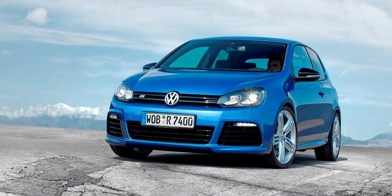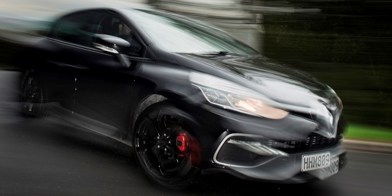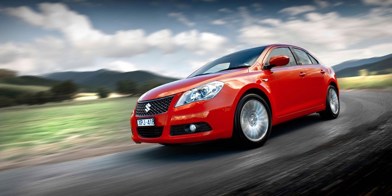Long before double-cab utes ruled the roads in New Zealand, bigger wasn’t seen as better and Kiwis opted for smaller cars. Early in its life, Mitsubishi’s Mirage topped the rankings.
In the late 1970s and early 1980s, Mirage accounted for 35 per cent of all hatchbacks sold in NZ and was instrumental in making Mitsubishi the number one new-vehicle brand in the country.
But a lot has happened since then. Online, the Mirage’s history has been described as “complicated”, due to the sheer number of vehicles that have worn the badge, and how they have differed across international markets.
It was launched in 1978 as a front-drive three-door hatch, with the novel Super Shift transmission. The four-speed manual was married to a separate high/low shifter, creating Power and Economy modes. Curiously, the setup also meant it had two reverse gears.
It was a true Kiwi favorite, assembled at Mitsubishi’s Todd Park plant in Porirua for over a decade, until the fifth-generation model.
Mirage has been a family hatchback, a high-performance turbo, a small sedan, a coupe, a station wagon and even a small MPV, rebadged from a Dutch-built model called Space Star and on a shared platform with Volvo. Told you it was complicated.
We’re now on the sixth-generation Mirage, which was launched back in 2010. This model has received two facelifts in the last decade, with new looks and new technology.
The Mirage is exclusively offered in the XLS trim for NZ, with a 1.2-litre engine and a Continuously Variable Transmission (CVT). You’re not going to be beating anyone off the lights with 55kW/102Nm, but you will enjoy an average fuel economy of just 5.0l/100km — a far more important figure in the city car segment.
For 2020, the Mirage XLS gets new active safety and driver assist features including Lane Departure Warning (LDW) and Forward Collision Mitigation (FCM). A reversing camera is also now standard.
The introduction of LDW, FCM and the reversing camera join the existing Mirage XLS safety equipment roster that includes driver, passenger, side and curtain airbags, Electronic Brakeforce Distribution, Active Stability Control, Hill-Start Assist and Smartbrake technology.
On the inside, a 7-inch touchscreen infotainment system gets Apple CarPlay and Android Auto connectivity, and there’s a multi-function steering wheel. Folding the rear seats down gets you 599l of luggage space.
At $19,990, the Mirage XLS comes with a lot of kit for a sub-$20k city car. Cruise control comes standard, but despite the forward collision sensors, it isn’t an adaptive system. It drives inoffensively, and exactly how you’d expect a CVT-equipped city car to do. The interior keeps things simple and feels a little dated in places, but the inclusion of a manual handbrake is appreciated.
Buyers can order this new Mirage in a total of six colours, including the hero Sand Yellow. But if it was up to me, I’d be going for deep purple Garnet.
MITSUBSHI MIRAGE XLS
ENGINE: 1.2-litre petrol four
POWER: 58kW/102Nm
GEARBOX: Continuously Variable Transmission (CVT), FWD
ECONOMY: 5.0l/100km
PRICE: $19,990




